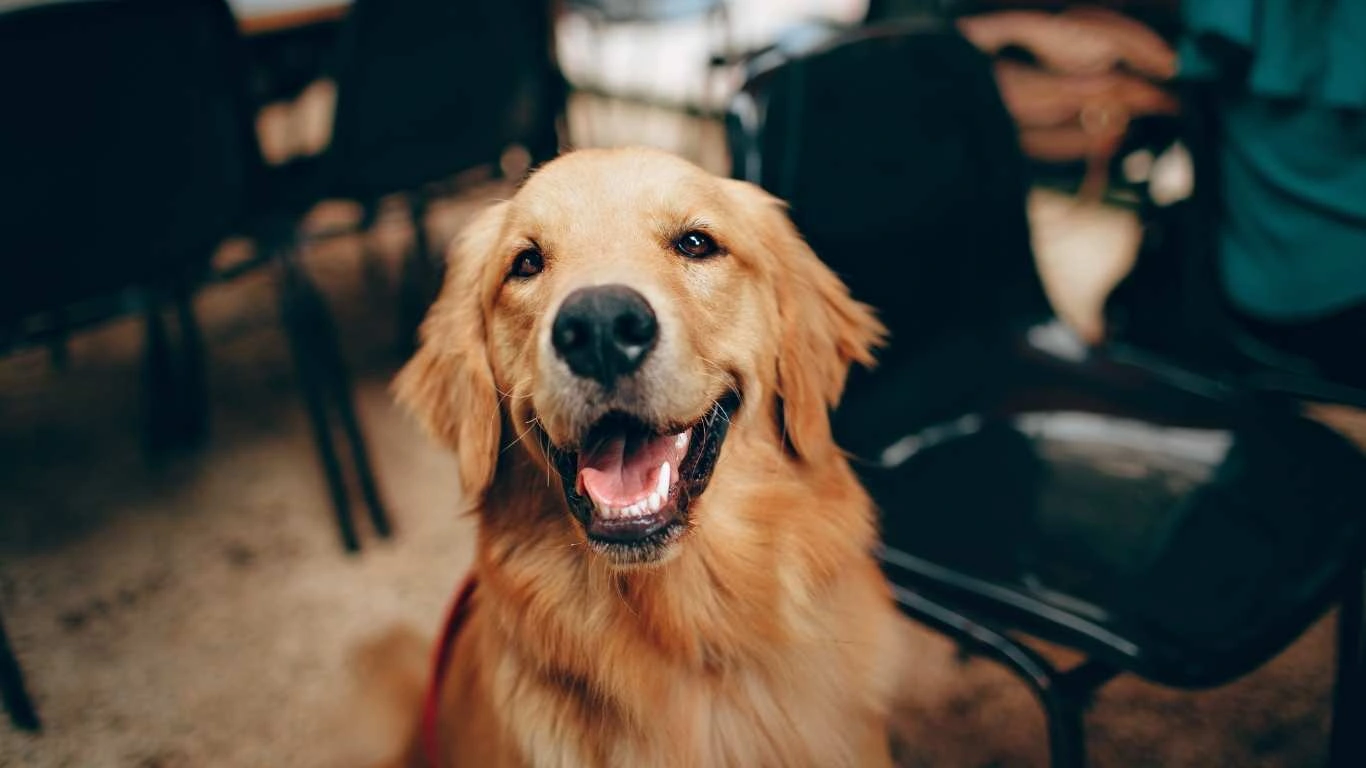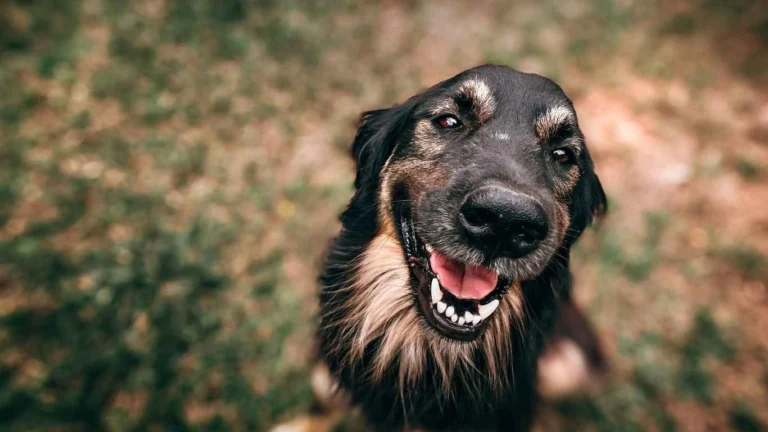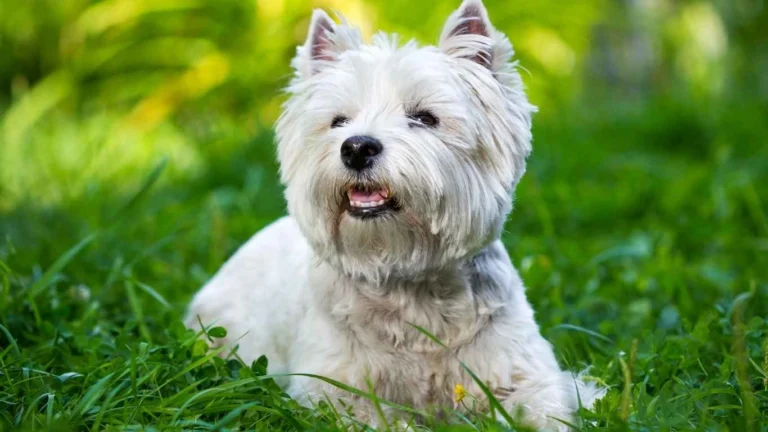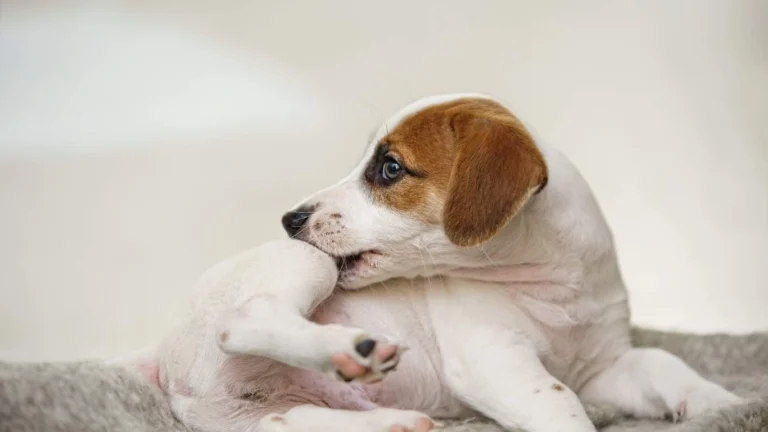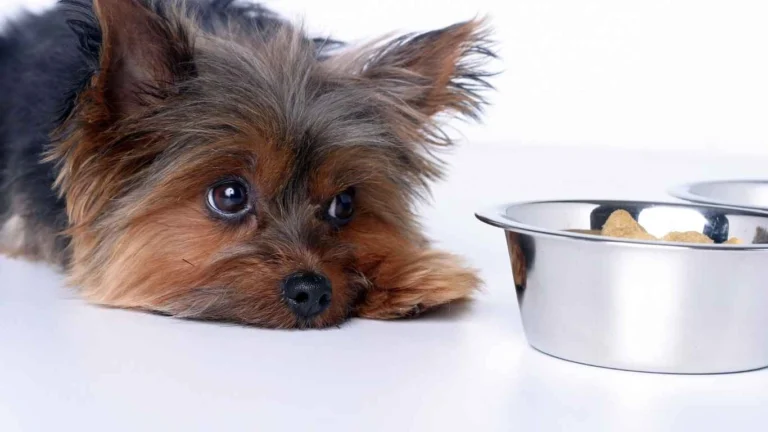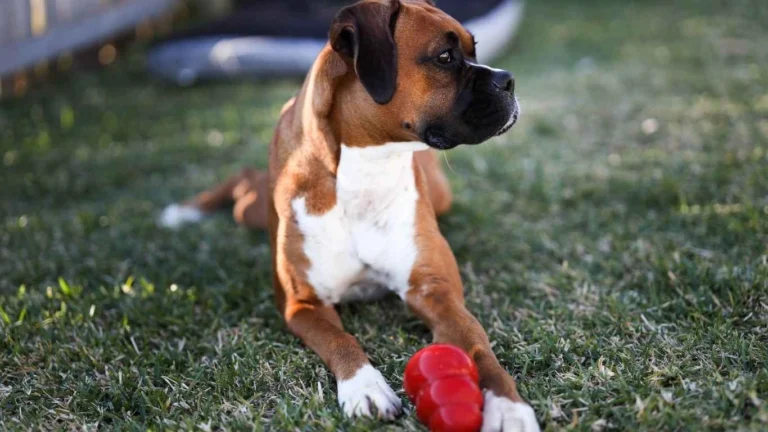How to treat dull coat in dogs with nutrition for a shiny coat
When I worked in a busy animal shelter, one of the most common things I noticed during intake exams was just how many dogs came in with dry, flaky skin and a dull, lifeless coat. It was heartbreaking at times, especially knowing that many of those issues were preventable. If you’ve ever wondered how to treat dull coat in dogs with nutrition, you’re already on the right path. Nutrition plays a much bigger role than people think—not just in energy levels, but in how your dog looks and feels every day.
What Causes a Dog’s Coat to Look Dull?
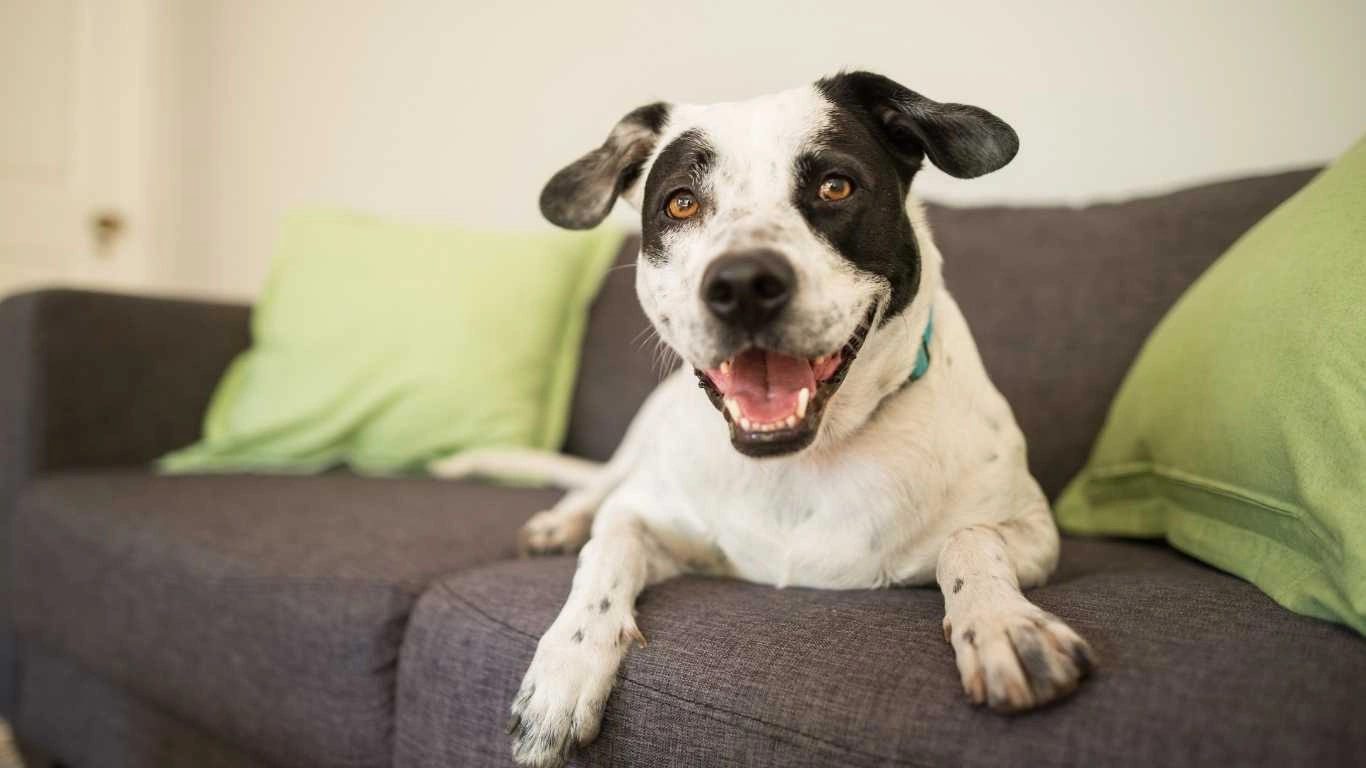
I’ve seen this over and over again—dogs coming in with brittle fur, dandruff, and that greasy feeling that just screams, “Something’s off!” A dull coat in dogs can come from a variety of things, but poor nutrition is one of the biggest culprits. Sure, parasites, allergies, and environmental factors play a role, but if your pup isn’t getting the right balance of nutrients, it’ll show up on their skin and coat before almost anywhere else.
Some common dietary causes include:
- Lack of high-quality protein
- Not enough omega fatty acids
- Over-processed, low-nutrient commercial dog food
- Deficiency in essential vitamins like A, E, and B-complex
When we switched one of our long-term shelter dogs, Rocky, to a better quality diet that included fish oil and fresh veggies, the transformation was amazing. Within weeks, his coarse fur started to soften, the dandruff eased up, and his coat got a shine we hadn’t seen before. That’s when it really hit home how big an impact the bowl makes.
Why Nutrition Matters More Than You Think
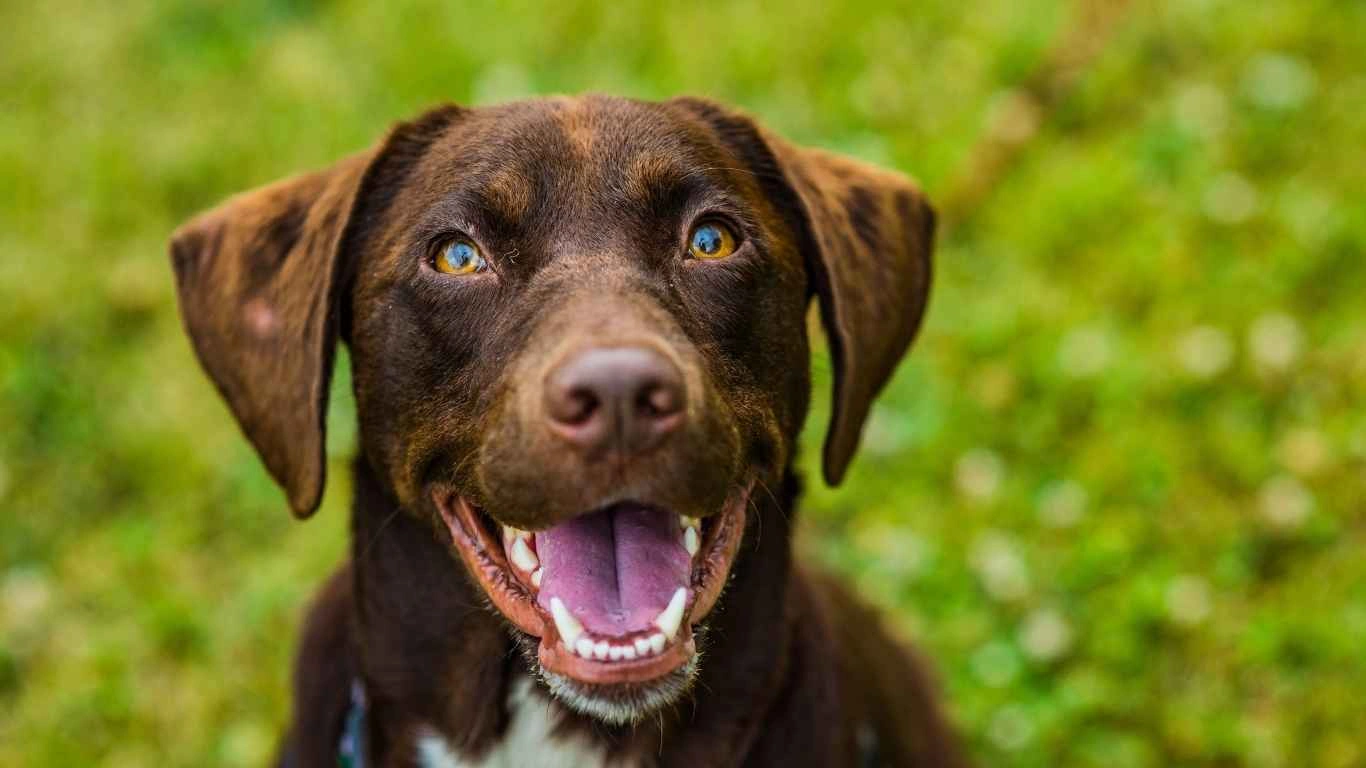
Your dog’s coat is a reflection of what’s going on inside. If they’re eating low-grade kibble filled with fillers and not enough real nutrients, it’s going to show. Think of it like your own skin and hair—when you’re eating junk and not staying hydrated, everything starts to feel off. Same goes for your pup.
Essential Nutrients for a Healthy Coat
Let’s break it down a bit. Here are a few must-have nutrients I always looked for when recommending dietary changes to pet parents:
- Omega-3 and Omega-6 Fatty Acids: These are huge. Found in fish oil, flaxseed, and some meats, they help reduce inflammation and give the coat that silky shine.
- Biotin (Vitamin B7): Supports healthy skin and hair growth. You’ll find it in eggs, liver, and some supplements.
- Zinc: A mineral that helps with skin repair and oil production. It’s especially important for dogs with dry, itchy skin.
- High-Quality Protein: Your dog’s fur is made of protein. If they’re not getting enough good sources like chicken, beef, or fish, their coat is going to suffer.
One client of ours had a husky mix named Luna with constant shedding and dull fur. We suggested a gradual diet upgrade—adding salmon-based kibble, a spoonful of sardines here and there, and a pet-safe multivitamin. It took some consistency, but within two months? Night and day difference. Her coat practically glowed in the sunlight.
Common Mistakes Pet Owners Make
There’s a lot of love behind every scoop of kibble, but unfortunately, many commercial dog foods just don’t cut it. I always told pet parents to flip the bag around and actually read the ingredients. If corn, soy, or “meat by-products” are the first few items, you might want to reconsider. Here are a few other things I’ve seen over the years:
- Sticking with the same low-grade food for years without change
- Relying solely on treats for nutrition (yep, it happens!)
- Skipping supplements, even when they could help immensely
Trust me, I know how overwhelming the pet food aisle can be. But once you understand what to look for, it gets a whole lot easier. And your dog? They’ll thank you with tail wags, shiny fur, and fewer itchy nights.
Signs That Your Dog’s Diet Needs an Upgrade

Sometimes, it’s not immediately obvious that nutrition is the issue. But here are some signs I’ve come to recognize after years working in pet clinics and shelters:
- Excessive shedding or fur loss
- Greasy, flaky, or dull coat
- Skin redness, bumps, or chronic itching
- Bad odor even after baths
If you’re seeing any of these, it might be time to rethink what’s going in your dog’s bowl. And hey, you don’t have to go full gourmet—small changes really can make a big difference.
Simple Diet Changes That Can Transform Your Dog’s Coat
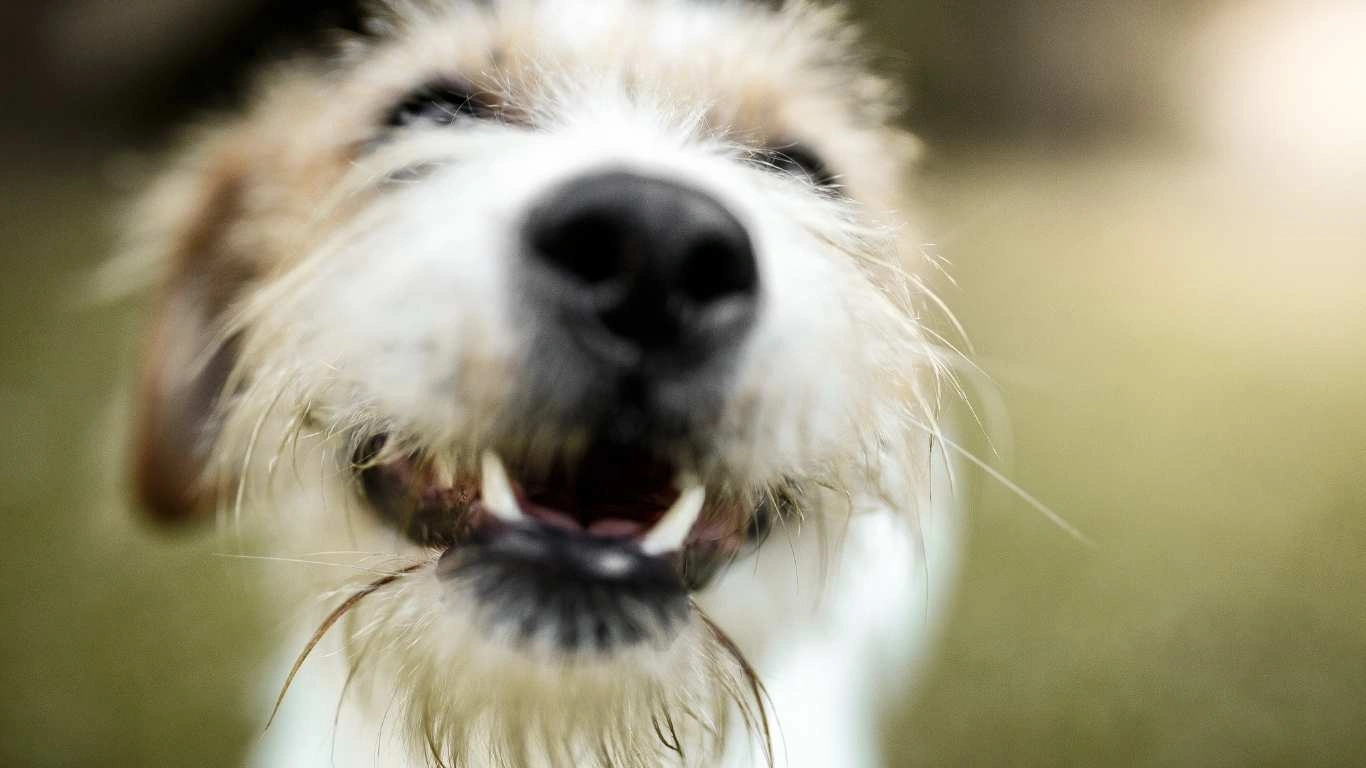
Okay, so by now you know poor nutrition is a major player when it comes to dull coats—but what can you actually do about it? When I worked with new pet parents at the clinic, I’d always start with small, realistic tweaks. Not everyone’s ready to overhaul their dog’s entire diet overnight, and that’s totally okay. Let’s talk about some changes that can make a big difference without turning your kitchen into a doggie bistro.
Upgrade the Kibble
If you’re feeding a basic grocery store brand, try switching to a higher-quality kibble with real meat listed first. Look for formulas with added omega-3s and no artificial dyes or preservatives. I used to recommend brands that were AAFCO-approved and ideally sourced ingredients responsibly—bonus points if they had joint or skin-support blends built in.
Add Fresh Toppers
This is my favorite hack. Adding a spoonful of cooked salmon, sardines in water (unsalted!), or scrambled eggs to your dog’s food can do wonders. I had a senior lab, Buddy, who wouldn’t touch dry food alone, but add a little steamed sweet potato or some plain yogurt? He’d clean the bowl like it was steak night.
- Cooked lean meats (chicken, turkey, beef)
- Fresh veggies like spinach, green beans, or carrots
- Healthy fats—think coconut oil or olive oil in small amounts
Hydration Matters Too
One thing I noticed over the years is that many dogs just don’t drink enough water—especially if they eat only dry kibble. Dehydration dries out the skin and fur, so sometimes just encouraging more fluid intake (or adding a little water or bone broth to meals) made a noticeable difference.
Are Supplements Worth It for Coat Health?
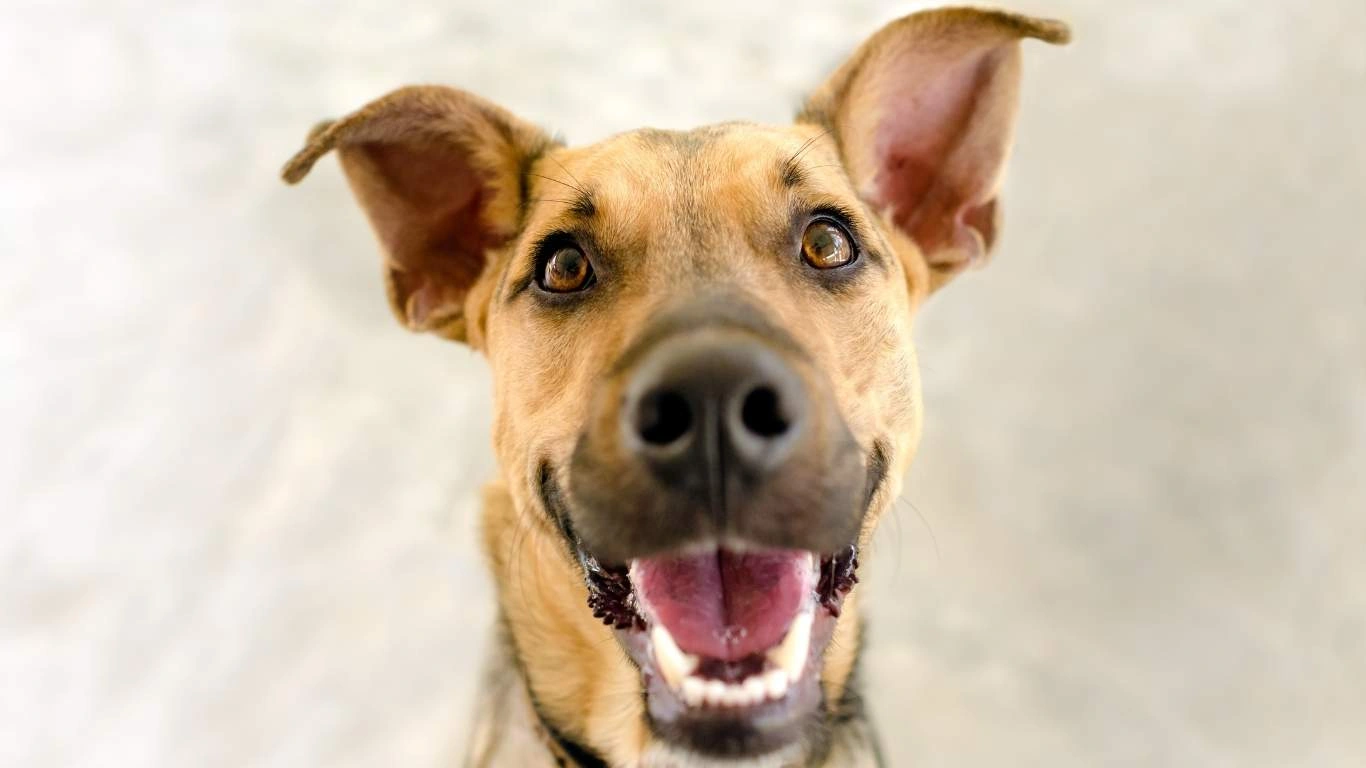
I get this question all the time: “Should I give my dog a supplement for their coat?” And the answer? Sometimes, absolutely. Not every dog needs one, but if they’re struggling with dry, itchy skin or shedding like crazy, a good supplement can speed up the recovery while your new diet does its thing.
My Top Go-To Coat Supplements
- Fish Oil: One of the best all-around skin and coat boosters. Look for wild-caught sources and check for quality testing (mercury-free is a must).
- Biotin: Often part of skin & coat blends, this B-vitamin supports cell regeneration and coat thickness.
- Probiotics: Good gut health = better nutrient absorption = better coat. Dogs with chronic skin issues often benefit here.
- Vitamin E: Especially for older dogs, this can support skin repair and coat health.
I once had a client with a German Shepherd named Sasha who was constantly itchy despite a solid diet. We tried an omega supplement and a probiotic blend—within three weeks, her scratching eased up, and her coat filled out beautifully. Supplements aren’t magic, but when used wisely, they’re a great tool.
Reading Labels Like a Pro
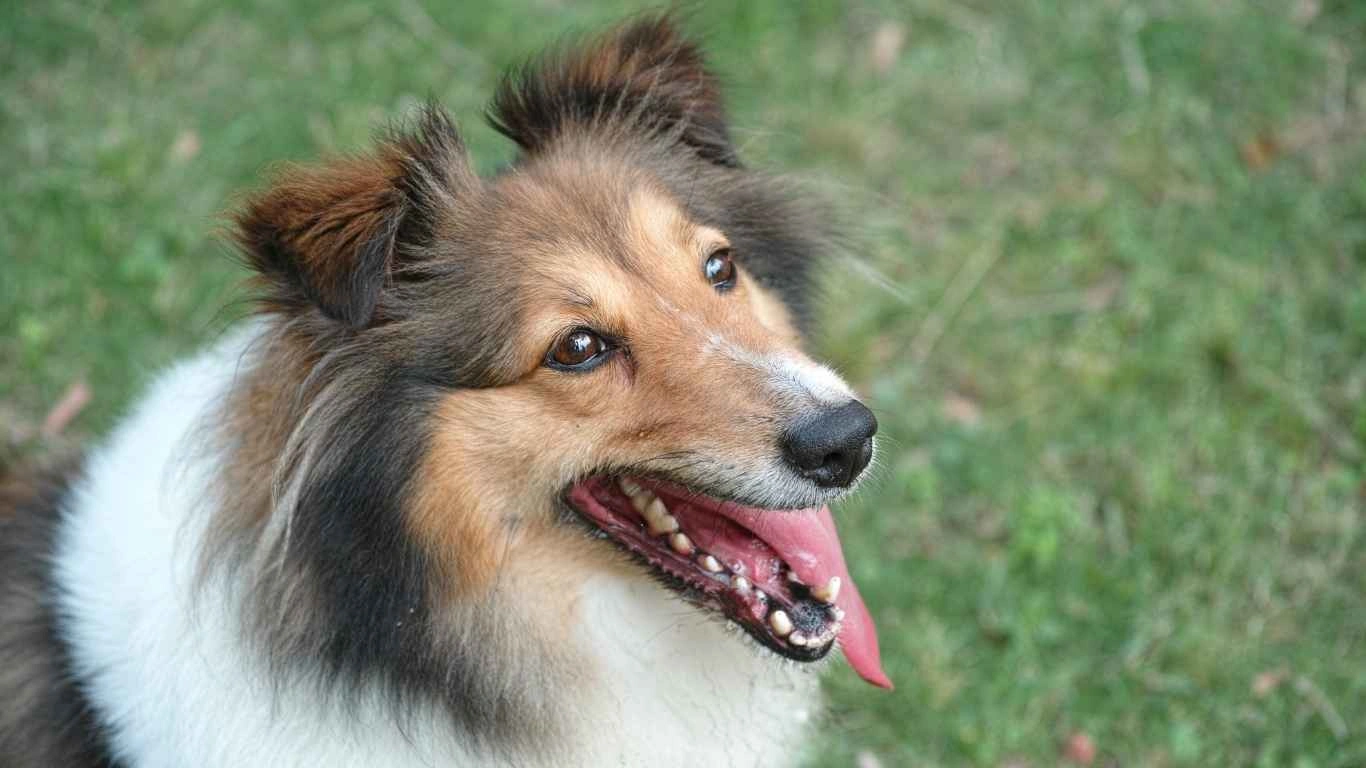
This is where a little effort goes a long way. Back in the shelter, I used to walk pet owners through reading dog food labels like detectives. Once you know what to look for—and what to avoid—you’re way less likely to get fooled by flashy marketing.
What to Look for on the Label:
- Named protein source (e.g., chicken, lamb, salmon—not just “meat”)
- Natural preservatives (like mixed tocopherols)
- Added omega fatty acids and vitamins (look for fish oil or flaxseed)
- Whole grains or grain-free depending on your dog’s needs
What to Avoid:
- Meat by-products and unidentified “animal fats”
- Artificial colors (red 40, blue 2—why even?)
- Excessive fillers like corn, soy, and wheat gluten
- Sugars or syrups—yes, they show up in dog food sometimes!
It might seem overwhelming at first, but once you’ve read a few labels, you’ll get the hang of it. I’d sometimes print out a cheat sheet for new adopters at the shelter, and they were always surprised at how many popular brands cut corners.
Don’t Forget—Every Dog Is Different
I can’t stress this enough: what works wonders for one dog might not do a thing for another. I’ve seen tiny Chihuahuas thrive on grain-free turkey meals while a burly pit mix needed a fish-based diet to calm his skin issues. It’s all about trial, observation, and consistency.
If your dog’s coat is still looking rough after making changes for a month or two, it’s worth checking in with a vet. Sometimes skin issues are a symptom of something deeper—thyroid problems, allergies, or parasites. But in many cases? It’s just a matter of feeding their body what it truly needs to glow from the inside out.
Putting It All Together: A Sample Meal Plan for a Shinier Coat
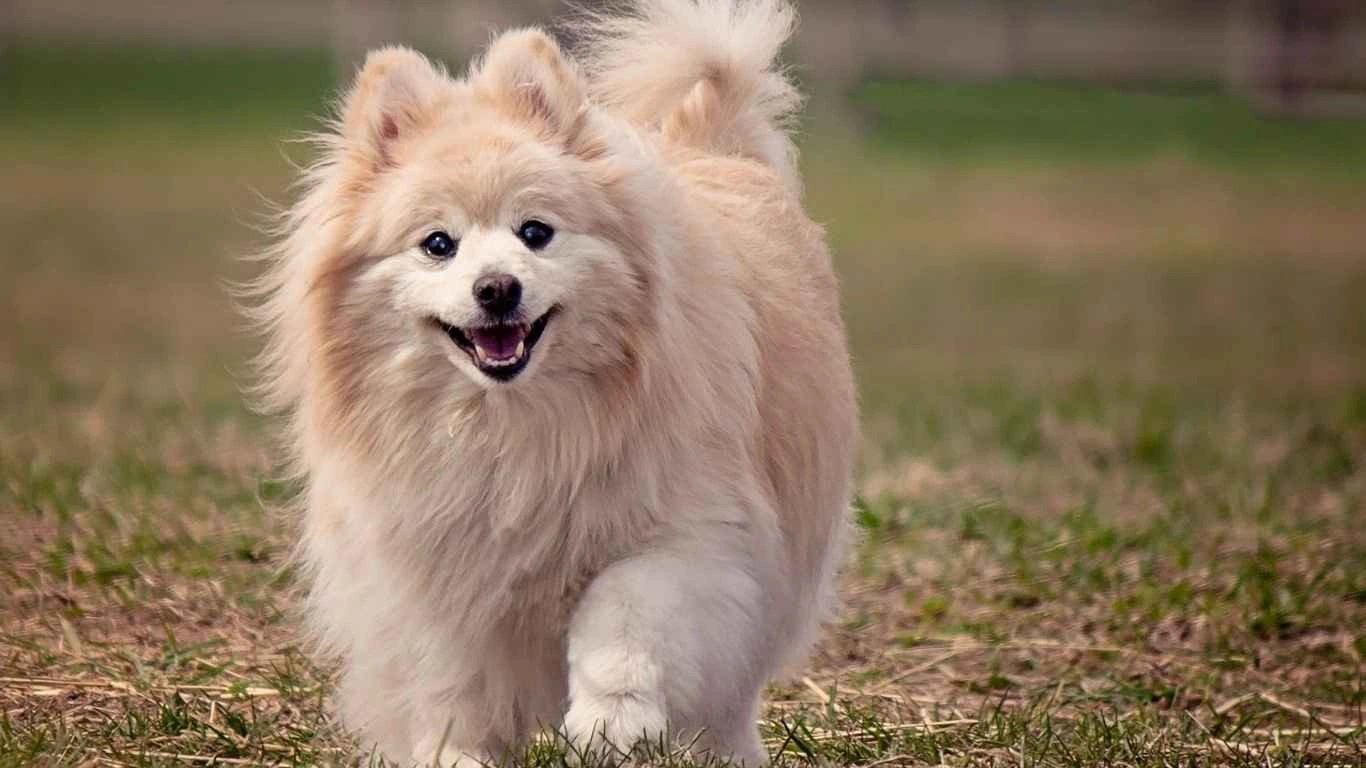
If all this talk about nutrients and labels has you thinking, “Okay, but what do I actually feed my dog now?”—you’re not alone. At the clinic, one of the most common requests I got was, “Can you just tell me what to give them?” So here’s a simple, coat-friendly meal idea I used to recommend to pet parents looking to boost their pup’s shine and softness, without overcomplicating things.
Shiny Coat DIY Dog Bowl (Daily Serving Example)
- Protein: 1/2 cup cooked lean turkey or salmon
- Healthy Carb: 1/4 cup cooked brown rice or quinoa
- Veggie Boost: 2 tbsp chopped green beans or carrots (steamed)
- Healthy Fat: 1 tsp flaxseed oil or wild fish oil
- Topping: A pinch of turmeric or parsley (optional)
Now, this isn’t a complete diet on its own, but it’s a fantastic topper over high-quality kibble or part of a rotating plan. And it’s way better than plain old dry food day in and day out. When I fed this to my foster beagle, Daisy, her coat literally changed in texture—less wiry, more silky—and even her doggy odor mellowed out. You could tell she felt better, too.
Other Non-Food Tips That Help Improve Coat Quality
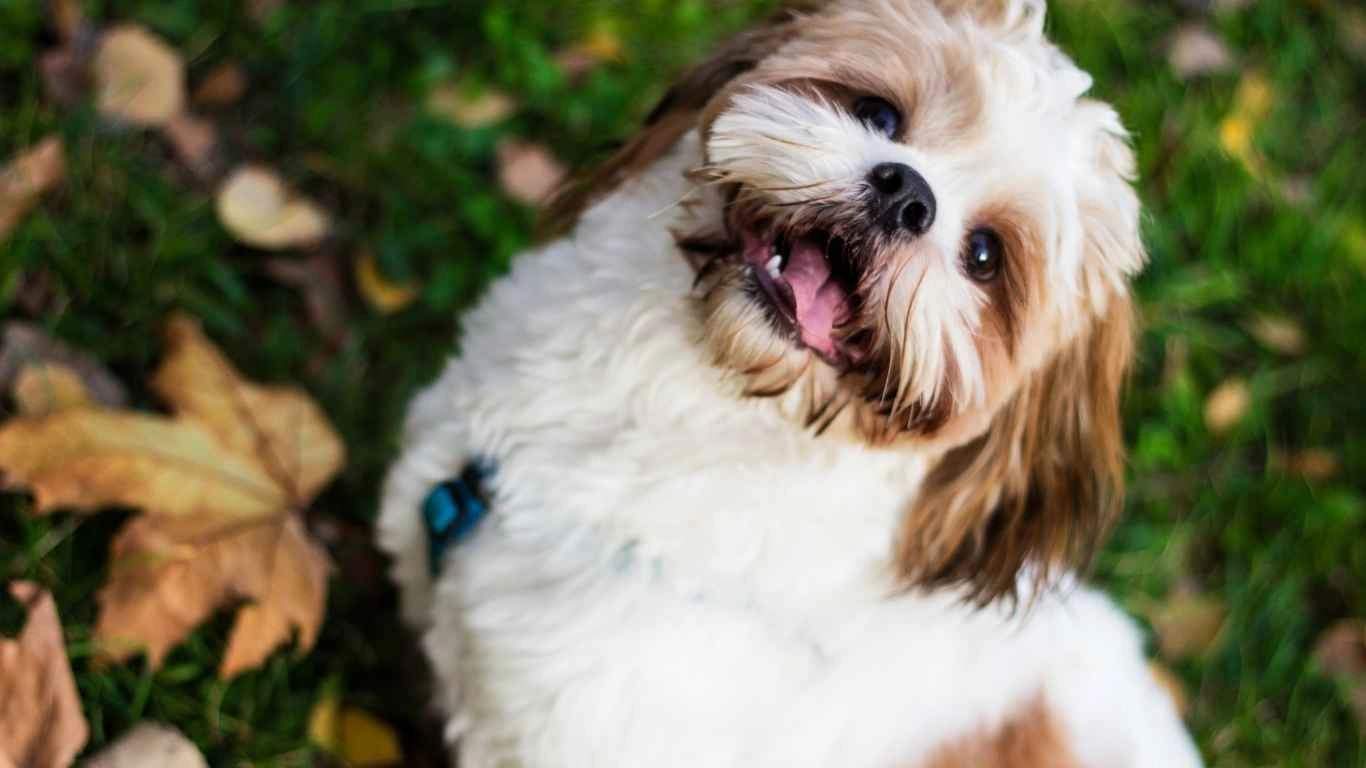
Okay, so food is huge. But it’s not the only thing that affects your dog’s coat. Over the years, I’ve learned it takes a little teamwork between nutrition, care, and lifestyle to really get those tail-wagging results. Here are a few extra things I always recommended alongside dietary changes:
Regular Brushing
Seriously, don’t underestimate this. Not only does brushing help spread natural oils across the coat, but it also stimulates the skin and reduces shedding. For short-haired breeds, a soft rubber brush works wonders. For double coats? Get a good slicker or de-shedding tool.
Bathing (But Not Too Often!)
Too much washing strips away essential oils, leaving your pup’s skin dry and their coat dull. I usually told clients to bathe no more than once a month unless their dog was particularly stinky. And always use a gentle, dog-formulated shampoo—none of that human stuff!
Exercise & Stress Reduction
Yep, just like people, dogs under stress or lacking physical activity can show it in their skin and coat. Walks, playtime, and a calm environment help keep hormones balanced, which in turn supports healthy fur growth.
Common Questions I Get About Nutrition and Dull Coats
“How long before I see results?”
With proper nutrition, most dogs start showing noticeable coat improvements in 4–6 weeks. But it varies depending on the severity of the issue and how consistent you are with the new routine.
“Can I just give my dog coconut oil or an egg every day?”
You can, in moderation! Eggs are a great protein source and support a healthy coat—but they should be cooked. Coconut oil is useful too but start slow (1/4 tsp per 10 lbs of body weight) to avoid tummy troubles.
“Is raw food better for skin and coat?”
Raw diets can work for some dogs, but they’re not a magic fix and need to be properly balanced. I’ve seen both success stories and major nutrient gaps. If you go raw, I always recommend working with a vet or a board-certified nutritionist.
References
Disclaimer
This article is based on my experience as an Animal Care Specialist and is intended for educational and informational purposes only. Always consult with your veterinarian before making any significant dietary changes or introducing supplements to your dog’s routine.
